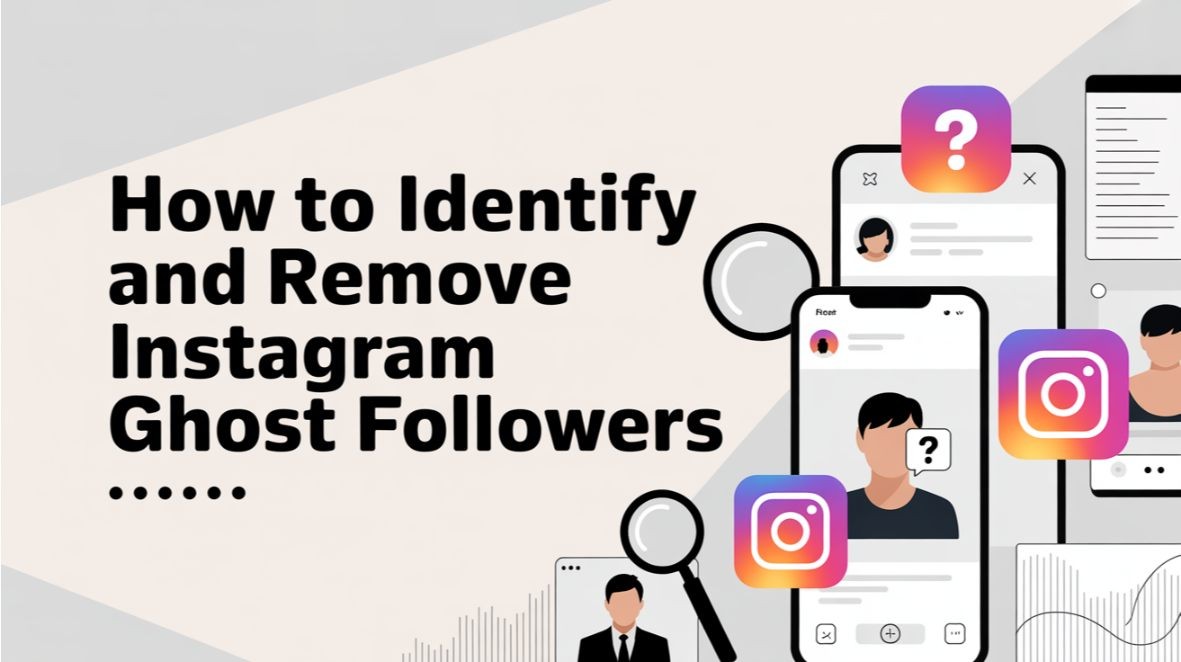LinkedIn Shadow Ban: How to Avoid and Fix it

I recall discovering LinkedIn and recognizing its potential even before it grew into the current powerhouse it has become today.
Before I move into the further details of LinkedIn and the phenomenon of LinkedIn shadowban, let me introduce myself. I’m Tony John, and I started my journey working as a Software Architect and Web Developer in the USA. Starting with a personal website, I started expressing my views and thoughts across the internet. Synchronously, my entry into the web-blogging scenario coincided with Google’s emergence!
My experience as a professional blogger helped me acquire the perspective to thoroughly analyze and understand concurrent trending niches, and it drove me to start my own niche websites on education, travel, and technology. With my digital marketing agency, Spiderworks, which has been around for two decades, my team and I have leveraged LinkedIn, and we understand how a sudden drop in visibility and reach can stall months of progress and careful strategizing. In this guide, I’ll show you how to spot a shadow ban on LinkedIn and, more importantly, how to break free from it.
What is a LinkedIn Shadow Ban?
To my knowledge, the term ‘shadow ban’ appeared around 2006-2007 across forums when it came to discussing moderation. It became more popular around 2010, when users on platforms such as Reddit, Twitter, and Instagram first experienced this phenomenon. A shadow ban is when a particular platform restricts or hides a user’s content without notifying them - they can share posts and interact with others without any issues; however, their posts will remain invisible to others. When it comes to LinkedIn, your content or profile becomes invisible without any official notice. This practice is different from a full ban, where LinkedIn deactivates or restricts your account openly with official information. When you get shadow-banned on LinkedIn, the website algorithm restricts your posts from the feed and hides your profile from search results - all these steps suppress your visibility. LinkedIn does so to maintain community quality without causing major backlash. But worry not, because I have recovered LinkedIn accounts that I managed from being shadow-banned.
Signs You’re Shadow Banned on LinkedIn
Through many years of handling different LinkedIn accounts, I have seen the phenomenon of shadow banning happening from different aspects, allowing me to write down the major and most common signs that you are shadow banned on LinkedIn: Posts Not Appearing in Feeds: When LinkedIn shadow-bans you, even your closest connections will not be able to see your posts or updates. Zero Engagement on Previously Viral Content: If you notice a sudden drop in engagement for any posts, especially for formerly trending posts, it can be a signifier that you have been shadow-banned. Your Profile Disappears in Search: If you get shadow banned, your name will not appear in the search results or will appear way down in the search results, even for your closest connections.
Top Reasons LinkedIn Shadow Bans Accounts
While there are numerous reasons for LinkedIn to shadow ban accounts, the following are some of the major triggers that I have observed:
Spammy/Inappropriate Content: Repetitive posting, spammy comments, and overly promotional content can get your account shadow-banned. Inappropriate content that is offensive can lead to an instant shadow ban.
Activity Spikes: Unusual activity, especially on new LinkedIn accounts, which go from 0 to 100 within little time, can alert the algorithm.
Using Tools: Using external tools to auto-like or auto-comment can raise the spam flags for the LinkedIn algorithm, leading to a shadow ban.
Aggressive Outreach: The algorithm looks out for excessive messaging and connection activities, which can lead to shadow banning.
Violating LinkedIn Policies: Engaging in any activity that violates LinkedIn’s terms of service can get you shadow-banned.
How LinkedIn’s Algorithm Enforces Shadow Bans
I have long been fascinated by LinkedIn’s advanced AI. LinkedIn uses a distinctive AI that tracks behavior patterns without singularly focusing on content. Let us look at some of the activities that trigger the AI to enforce a shadow ban:
Excessive Activity Triggers: While starting off on LinkedIn, it is essential to have an understanding of the LinkedIn activity limits to avoid shadow bans. The intent is to promote gradual and organic growth on LinkedIn. When you send connections to 100+ people randomly after being inactive for a while, the algorithm detects this as unusual and spammy activity, leading to a shadow ban.
Content Engagement Patterns: The algorithm studies how users interact with your content as well as your interactions with others. If you post spammy or unwanted content, which gets skipped or reported by others, your actions can lead to shadow bans. Additionally, if you spam users via messages or comment the same generic things such as ‘good post’ on multiple posts, the algorithm will read this as unusual activity and take actions towards shadow-banning you.
Using Third-Party Tools: If the algorithm detects that you are employing any third-party automation tools, you risk triggering a shadow ban. Through advanced device fingerprinting and user behavioral analysis, the LinkedIn algorithm detects bot-like behavior, which is often found to be used for bulk liking, commenting, or messaging.
Another mainstream activity that often leads to shadow banning that I have observed is the use of unwanted or trending hashtags that do not resonate with your post.
How to Fix a LinkedIn Shadow Ban (Proven Methods)
I understand that getting shadow-banned might sound scary, as there is a high risk of losing your account, and the outcome can heavily impact your credibility. Below are the three steps you can take to recover from the shadow ban. These methods have been proven multiple times for me as well as my clients:
Take a Break from LinkedIn: Put a stop to all LinkedIn activities for 1-2 weeks. Although this process has not been officially acknowledged by LinkedIn, I have personally seen this work, and so have many of my co-workers.
Eliminate Third-Party Tools: Discontinue the use of any third-party automation tools for automatic liking, commenting, and messaging. Tools used for bulk liking, commenting, and messaging are also frowned upon.
Review Your Content: Make sure you cross-check all the recent content you have published on LinkedIn to confirm whether you have broken LinkedIn’s terms of service or other policies. Furthermore, check whether any of the content you posted violates any of the following factors:
- Unwanted hashtags
- Misinformation
- Inappropriate/Offensive Content
- Keyword Stuffing
If you notice that your recent posts violate any of the above, remove them immediately. Go through the policies again to make sure that you don’t repeat such mistakes.
Focus on Organic Content and Engagement: Focus on curating meaningful and useful organic content. Such efforts can instrumentally help your LinkedIn SSI and build a genuine profile. Be patient and focus on organic growth that fosters genuine professional relationships.
LinkedIn Support: If the shadow ban persists even after following the above steps, you can reach out to the LinkedIn Support team by providing the appropriate details. The team can offer you more information about your shadow ban and how to revoke it.
Conclusion
I have been working in the digital marketing industry since the year 2005 and have worked with businesses and professionals across the world. As of today, I run my own digital marketing agency, and LinkedIn remains one of the most valuable platforms in my arsenal. Over the years, I have managed numerous LinkedIn accounts, some of which I started from scratch; I have experienced shadow bans firsthand and know how it can impact an individual’s credibility.
As mentioned above in the article, everything I’ve shared here is based on my hands-on experience and observations, all attained through the challenges I have faced. If you feel that you have been shadow-banned on LinkedIn, please do reach out to me for help; even if it is just to ensure that your LinkedIn account is safe and future-proofed.
The key to keeping your digital presence growing and stable on LinkedIn is to maintain consistency, authenticity, and knowledge of how the platform works. If you require one-on-one consultation or further guidance on restoring account viability, contact me today!
Related Blog
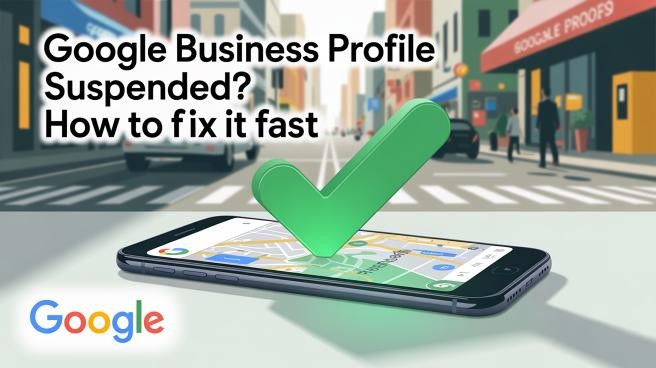
Google Business Profile Suspended? How to Fix It Fast
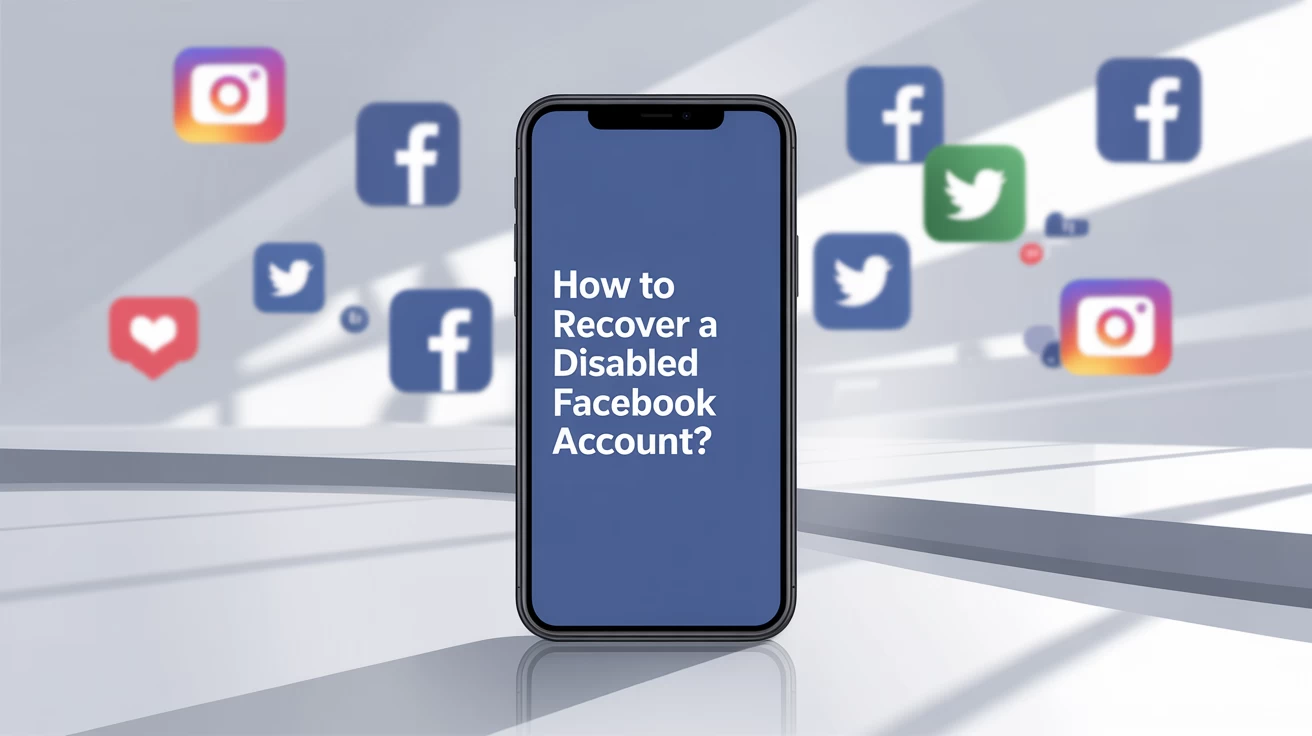
How to Recover a Disabled Facebook Account?

What to Do If Your Facebook Account Is Hacked and Your Email Is Changed

How to Recover a Hacked WordPress Website

How to start an IT company in Dubai

Best Ethical Hacking Companies in Dubai

Webflow vs WordPress Which is Better for Website Design?

20 Tips for Effective LinkedIn Marketing in Dubai

Top 10 Software Development Companies in Dubai


What is the Software Development required for Creating Payment Gateways?

How does Google treat AI Content in SEO?

How to create a proper content distribution strategy

How can Brand agencies bring success to B2B Business in the UAE?

Maximize Sales with e-commerce Advertising Strategies

Schema Markup for SEO: Boost Your SERP Visibility with Structured Data

FIVE STRATEGIES TO INCREASE YOUR BRAND LOYALTY

What are the Branding Strategies for a Small Business in the UAE?

How can digital marketing be useful for small businesses?

What are the Things to Consider for Hiring Creative Agencies?
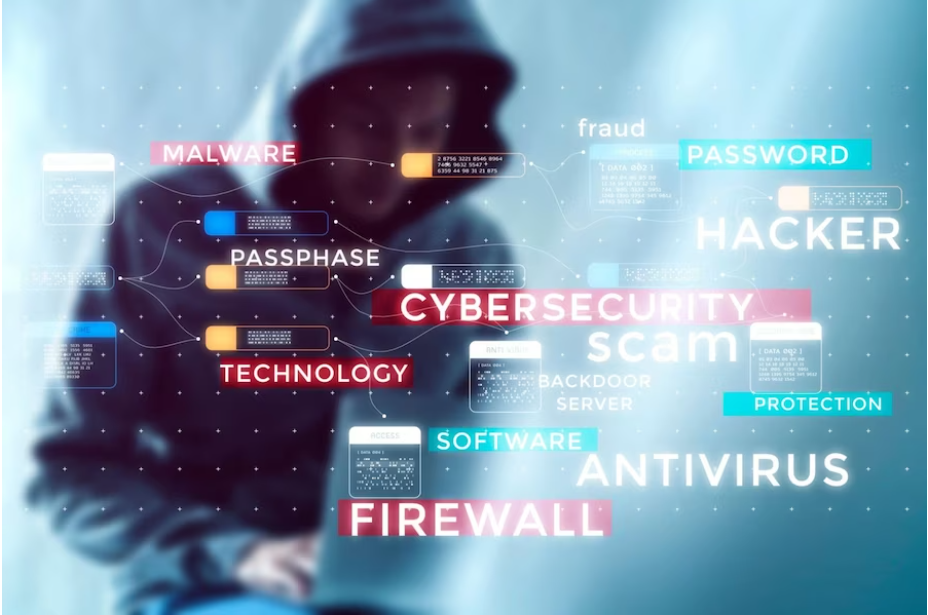
What are the different ways to protect the website from unethical hacking?

What are the mistakes to avoid while customizing a WordPress website?

Why is Website Maintenance important for your Business?

Trends of Future Creative Agencies in UAE

How can AI transform digital marketing in the UAE?



How can a powerful Landing Page Design lead to higher conversion?

Checklist to build a winning e-commerce website


WHAT ARE THE SUCCESSFUL ELEMENTS REQUIRED FOR BRANDING A WEBSITE IN UAE?

What are the best web designing tools that can renovate your site?

What are the web designing strategies that can improve the SEO ranking?

How social media impacts the promotion of the business in the Future?

What is the SEO checklist involved in content writing?

Top Ten Mobile App Development Companies in UAE

How do we choose the best brand name for the business in UAE?

What are the top e-commerce Software Solutions required for the IT industry?

Why is user experience crucial in website development?

How to Choose the Right Ecommerce Platform for Your Business

How to Optimize Your LinkedIn Profile for Maximum Exposure?

How Can Branding Agencies in The UAE Promote Businesses?
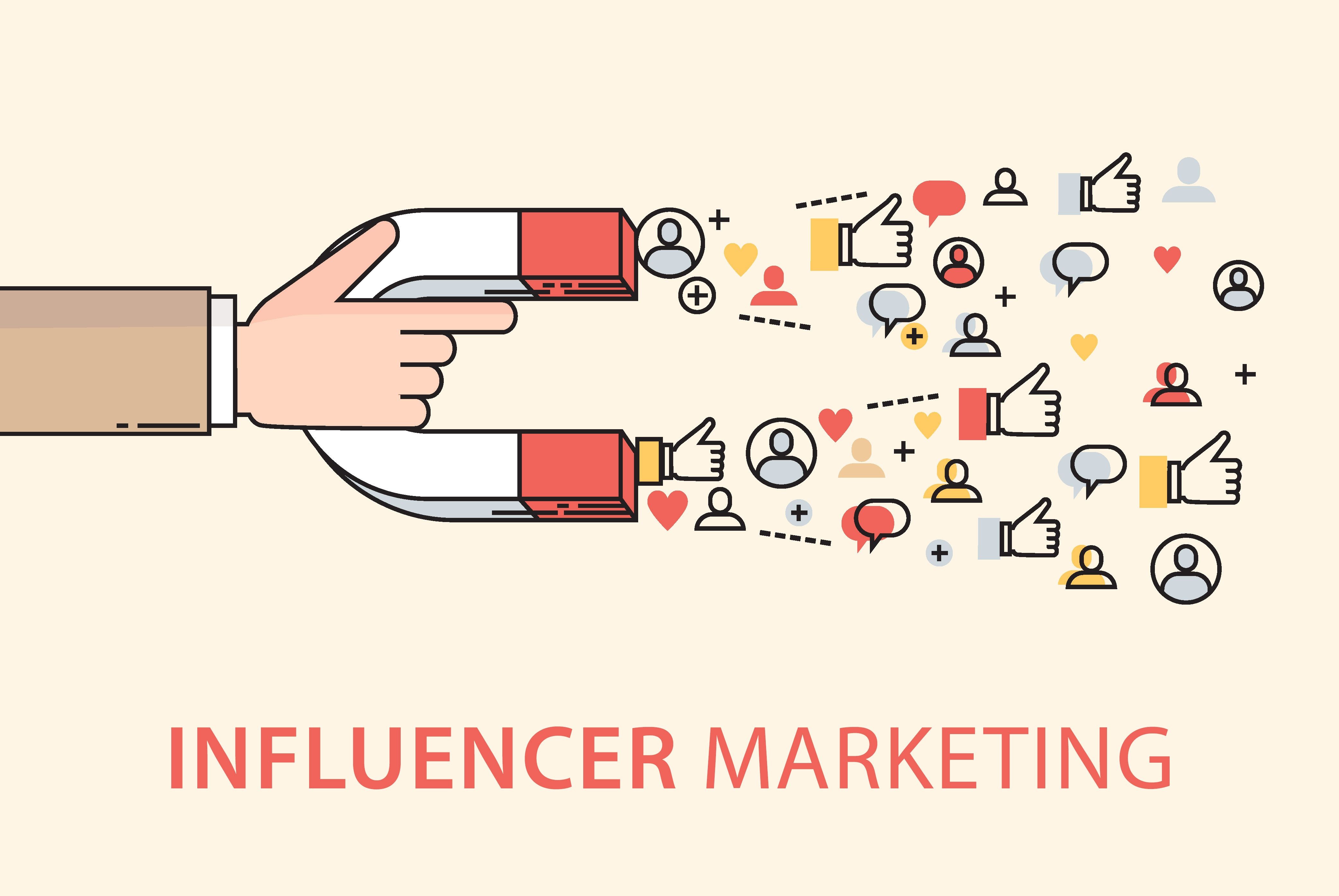

Top 10 SEO Agencies in Dubai

TOP TEN MARKETING CONSULTANTS IN DUBAI

The Top 10 Must Have WordPress Plugins for Your Website
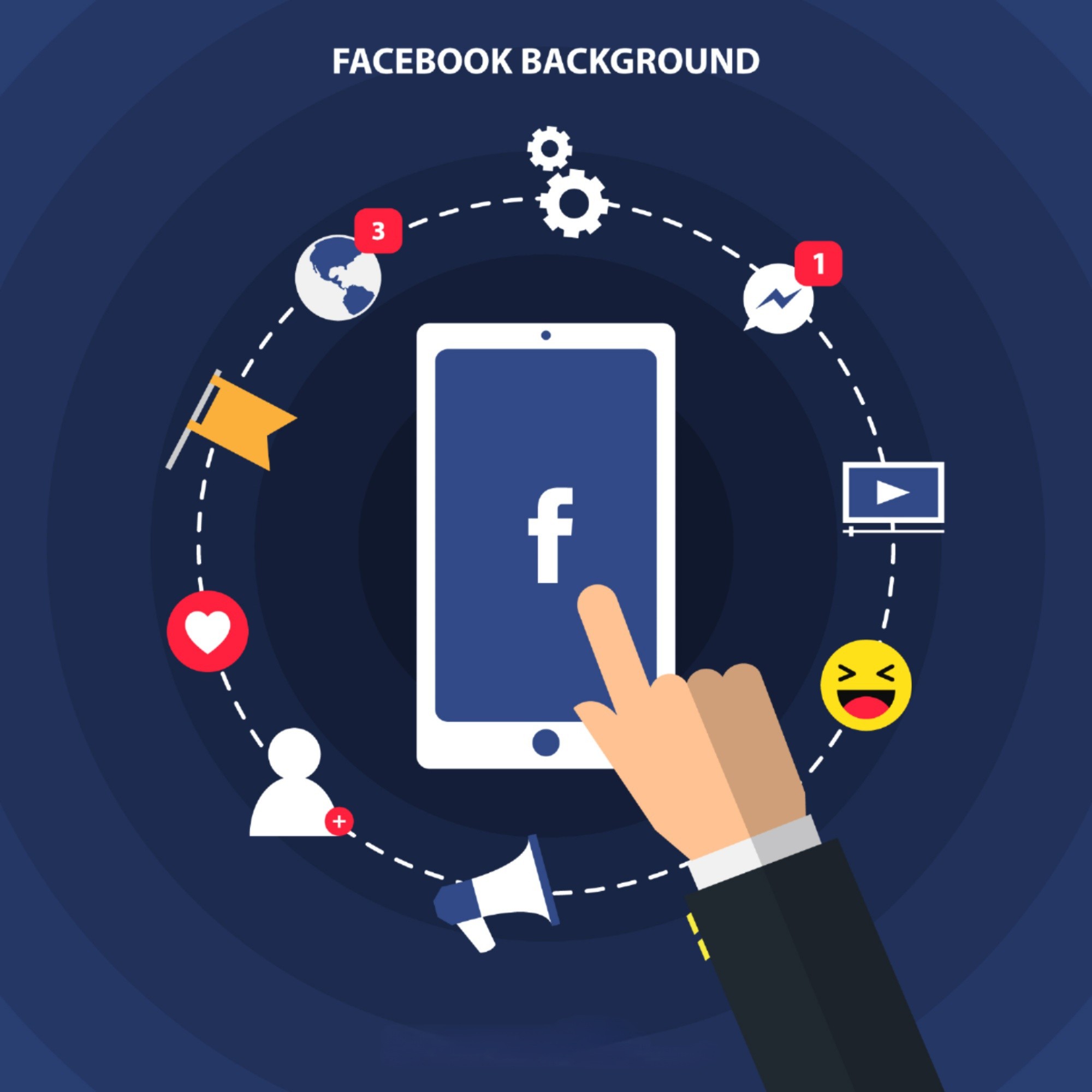
The Future of Facebook Marketing: Trends and Predictions

What are the successful CRM strategies?

Reasons why you should hire a professional branding agency

How Web Development Helps Your Business

How to Grow your digital agency in 2023?

Why Cyber Security is Important for Your Business

Key Factors for Choosing the Right System Integrators
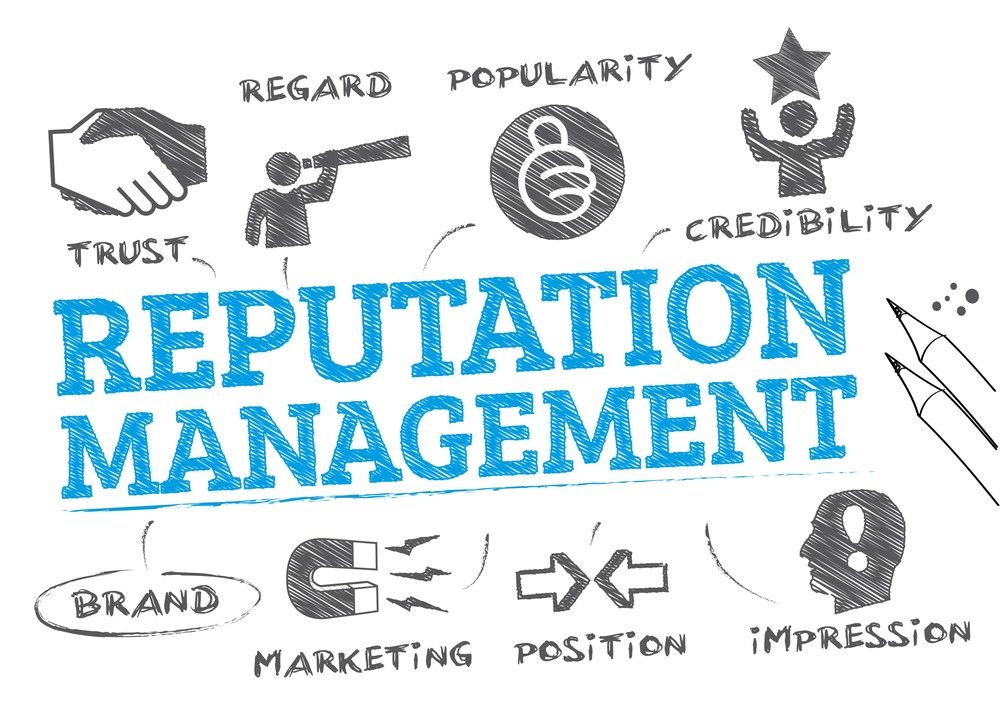
How to Choose the Right Reputation Management Company

How Ethical Hacking is Different from Normal Hacking?

Things to Consider While Choosing a Software Development Company

Top 7 Reasons to Hire a Content Marketing Agency in Dubai

10 Factors to Consider While Selecting Web Designing Companies in Dubai

Importance and Benefits of SEO for Your Business

TIPS FOR CHOOSING A SOFTWARE TESTING COMPANY

Questions You Should Ask Before Choosing A Social Media Agency In UAE
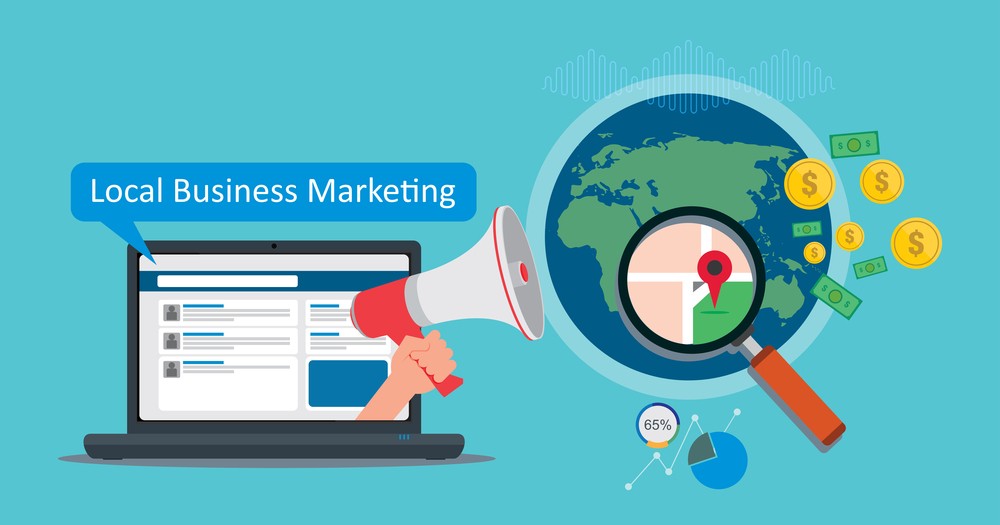
How to Market your Local Business in Dubai?

How to choose a good digital marketing agency for your business in Dubai

